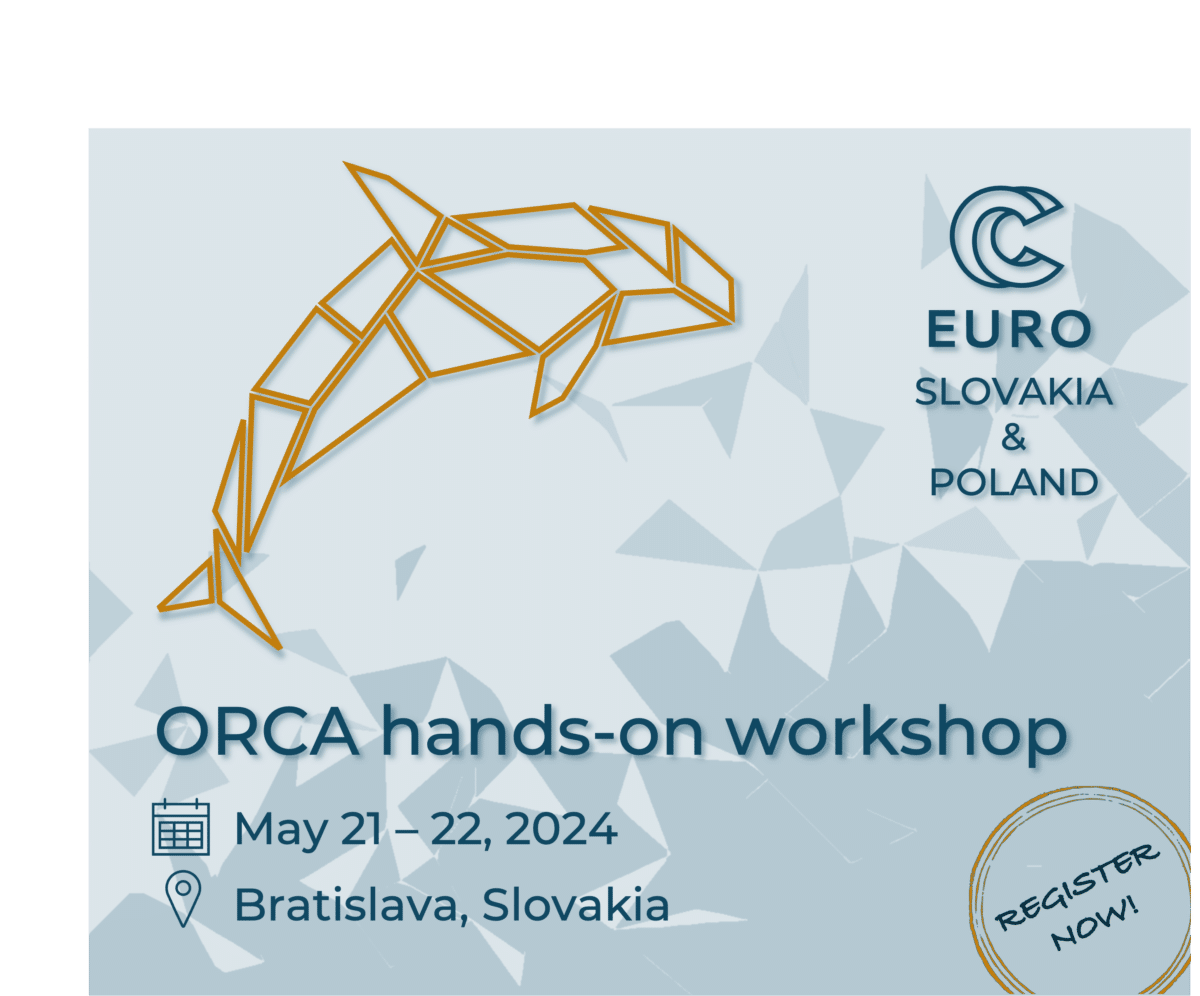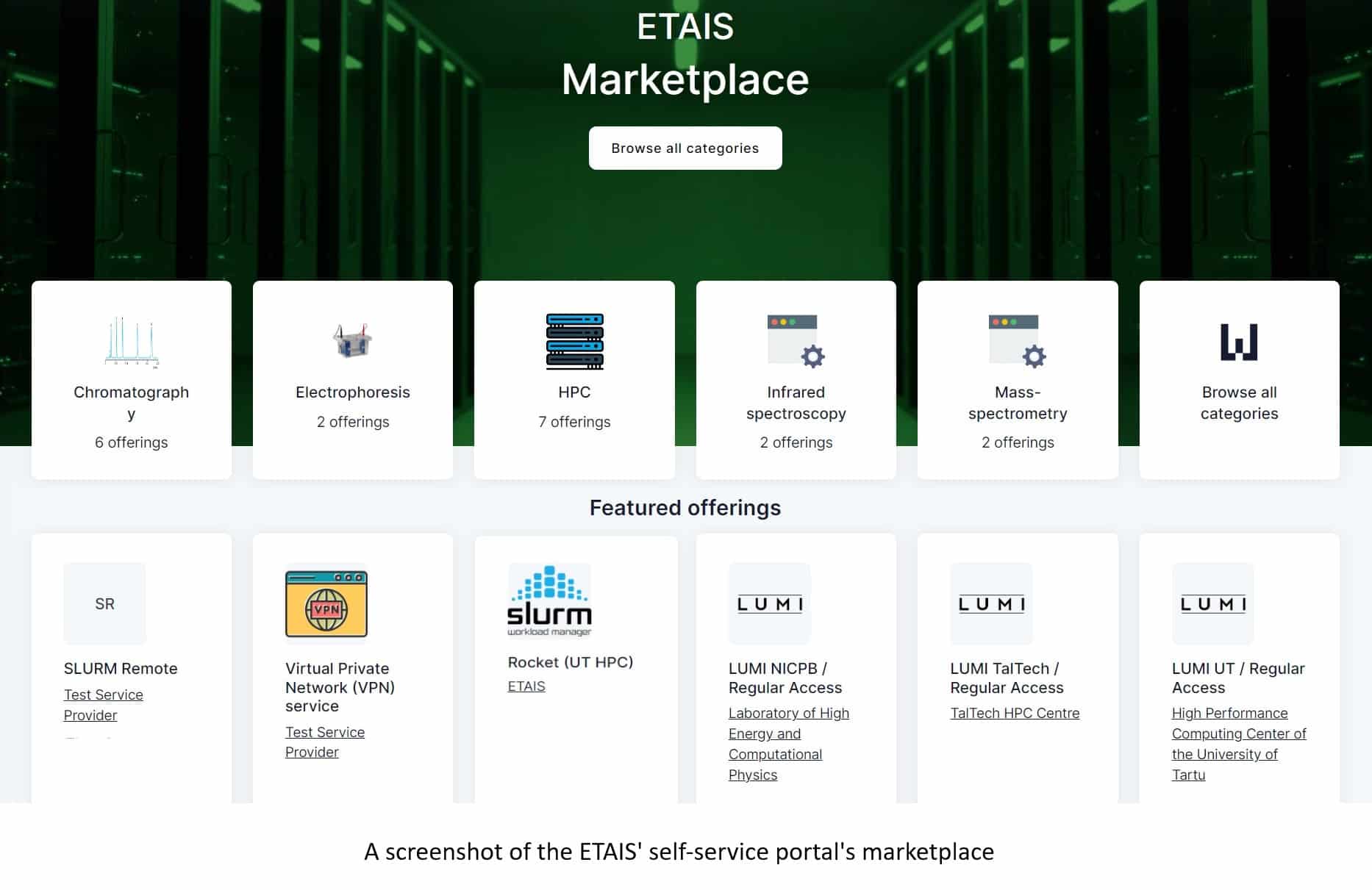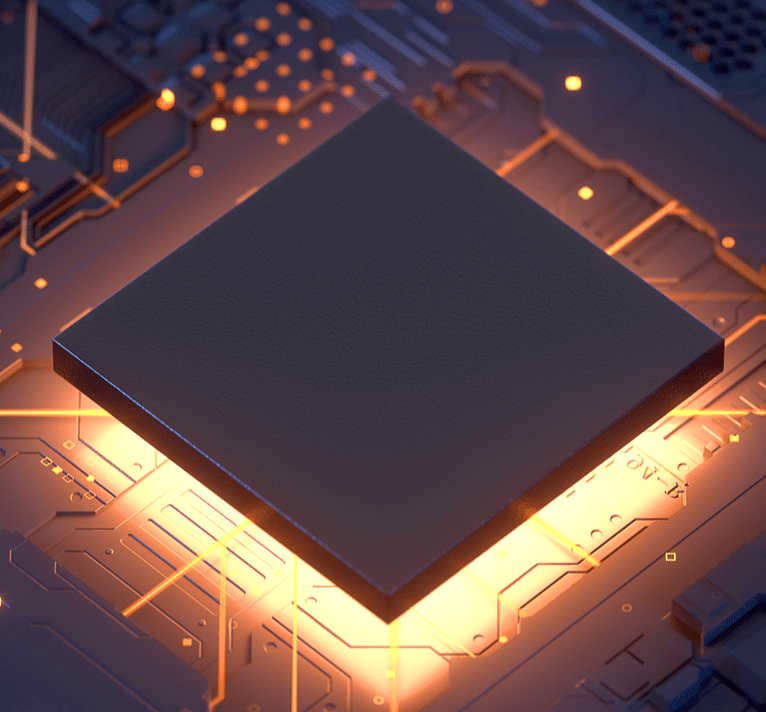One of the very first projects to ever run on LUMI will be a Danish project exploring the boundaries in quantum chemistry. In such a groundbreaking trial run, everything can fail and everything can succeed.
Two scientists from Aarhus University will be among the very first researchers let loose on LUMI. Their pilot project is chosen to run on the giant supercomputer as one of the first.
The Danish scientists will be doing a project that is officially named “High Performance Computing Quantum Chemistry”. Which basically means they will be conducting an explorative study and testing the boundaries and limits of quantum chemistry when using a supercomputer, the size of LUMI.
Closing the gap
Professor Ove Christiansen and Assistant professor Jonas Elm are the two Danish scientists responsible for the Danish pilot project. Where Ove Christiansen is especially interested in the method development, and how we can use computers to accelerate quantum chemistry, Jonas Elm is trying to answer some of the numerous unknown questions in atmospheric chemistry.
“What I’m interested in, is trying to figure out how particles are formed in the atmosphere. In atmospheric chemistry we are limited to accurate calculations on more or less eight to ten molecules. We cannot really handle more than that,” says Jonas Elm.
If it is more than that, it simply becomes too complex. As a scientist you want accuracy so you can say something with certainty from your computations, and that limits for instance how large a cluster of molecules you can compute.
“But given this new facility, we would actually be able to push the boundaries for how large systems we can model. What we can accurately calculate today is not something you can easily measure, it is simply too small for state-of-the-art experiments. We can aid in closing this annoying gap between calculations and experiments that has been persisting for a long time by having more computational resources available,” says Jonas Elm.
Read the full article >here.



